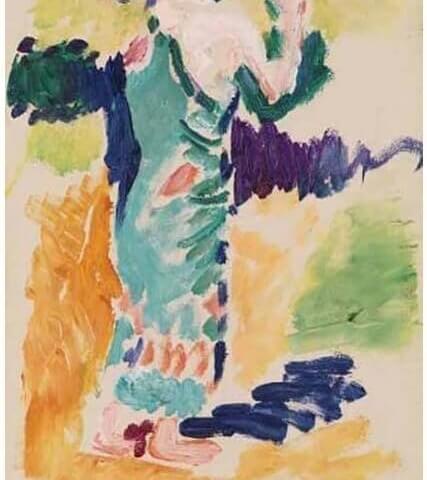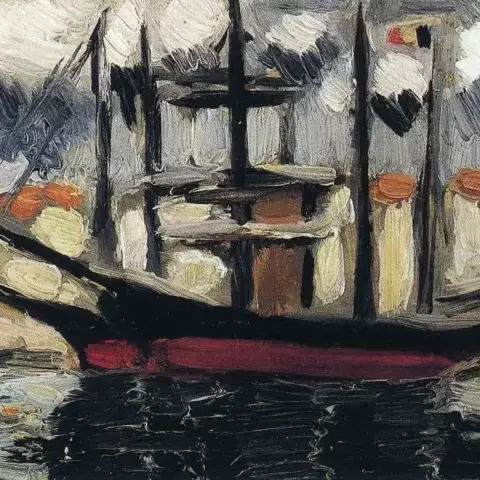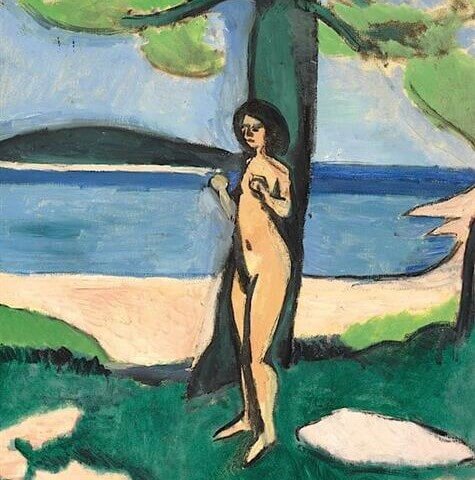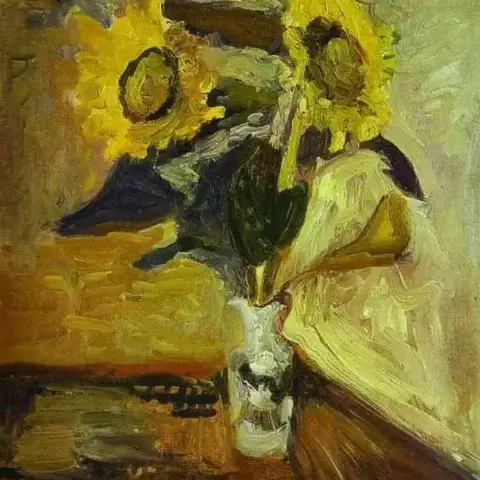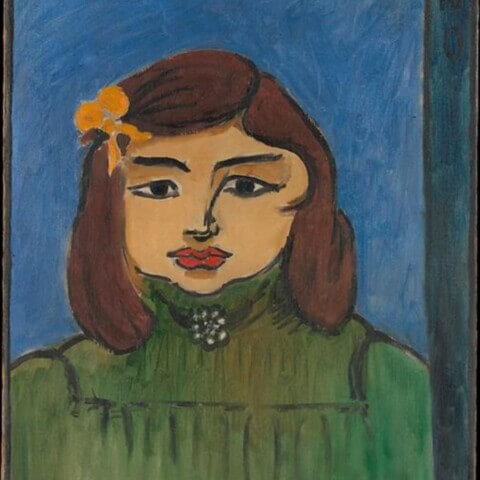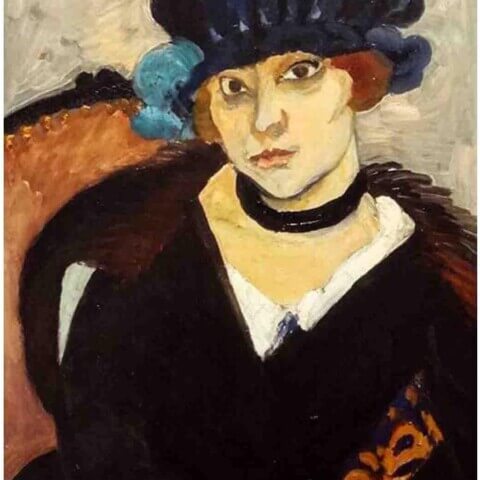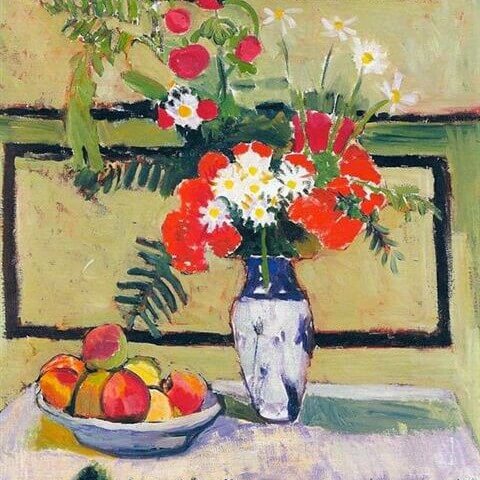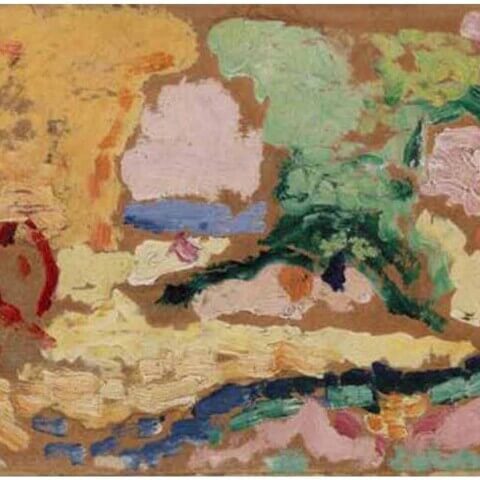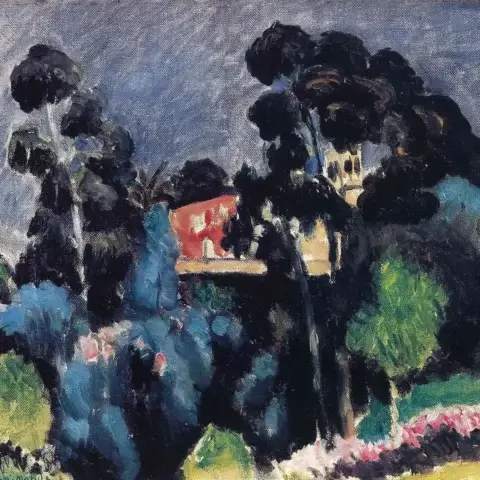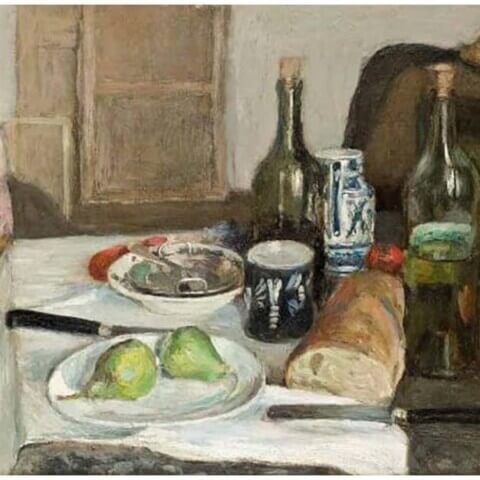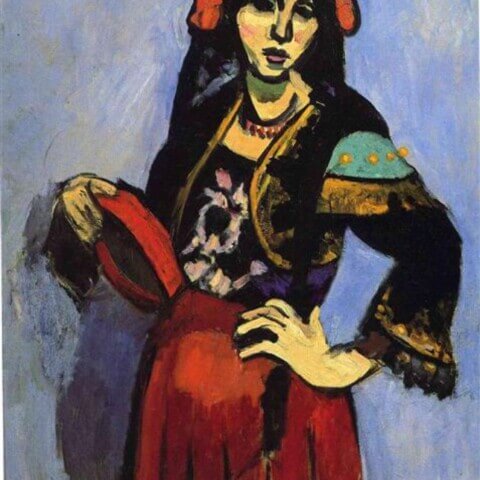Henri Émile Benoît Matisse
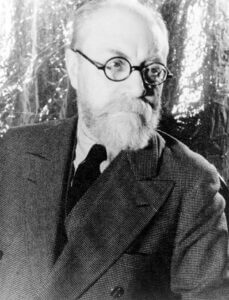
Henri Émile Benoît Matisse (1869-1954) was an acclaimed French artist known for his use of color and original draughtsmanship. As a central figure of modern art, his impact on the world of visual arts is immeasurable.
Born on December 31, 1869, in Le Cateau-Cambrésis in northern France, Matisse’s journey into art began quite unexpectedly. Initially studying law and working as a court administrator, he discovered painting after an illness in 1890 when his mother gifted him an art supplies set to occupy his time during recovery. This sparked an undeniable passion in Matisse, leading him to pursue art full-time despite the initial disapproval of his father.
He moved to Paris in 1891 to study art at the Académie Julian and the École des Beaux-Arts. Here, Matisse was initially influenced by the works of the old masters and later inspired by the impressionists, particularly their use of color.
Matisse, along with Andre Derain, became principal figures of Fauvism, an avant-garde movement that thrived between 1900-1910. Fauvism was characterized by a revolutionary use of intense, unmodulated color, which Matisse used to describe emotional states rather than just physical appearances. Matisse’s paintings from this period, such as “Woman with a Hat” (1905) and “The Joy of Life” (1906), are renowned for their vivid colors and uninhibited brushwork.
In the 1920s, Matisse’s style evolved into a new form of artistic expression that focused on simplified forms and decorative aspects. His iconic works like “The Dance” (1910) and “Red Room” (1908) demonstrate this stylistic evolution.
Later in his career, Matisse began creating cut-paper collages, or “drawing with scissors” as he called it. This was due to his deteriorating health, which made traditional painting more challenging. His cut-out series, such as “The Snail” and “Blue Nude II,” are celebrated for their innovation and simplicity.
Matisse’s work throughout his life consistently defied the conventional norms of art and paved the way for artistic movements like abstract expressionism. His exploration of color, form, and expression has left a lasting legacy, influencing generations of artists after him. Matisse passed away on November 3, 1954, in Nice, France, but his revolutionary approach to art continues to resonate with artists and art enthusiasts worldwide.


